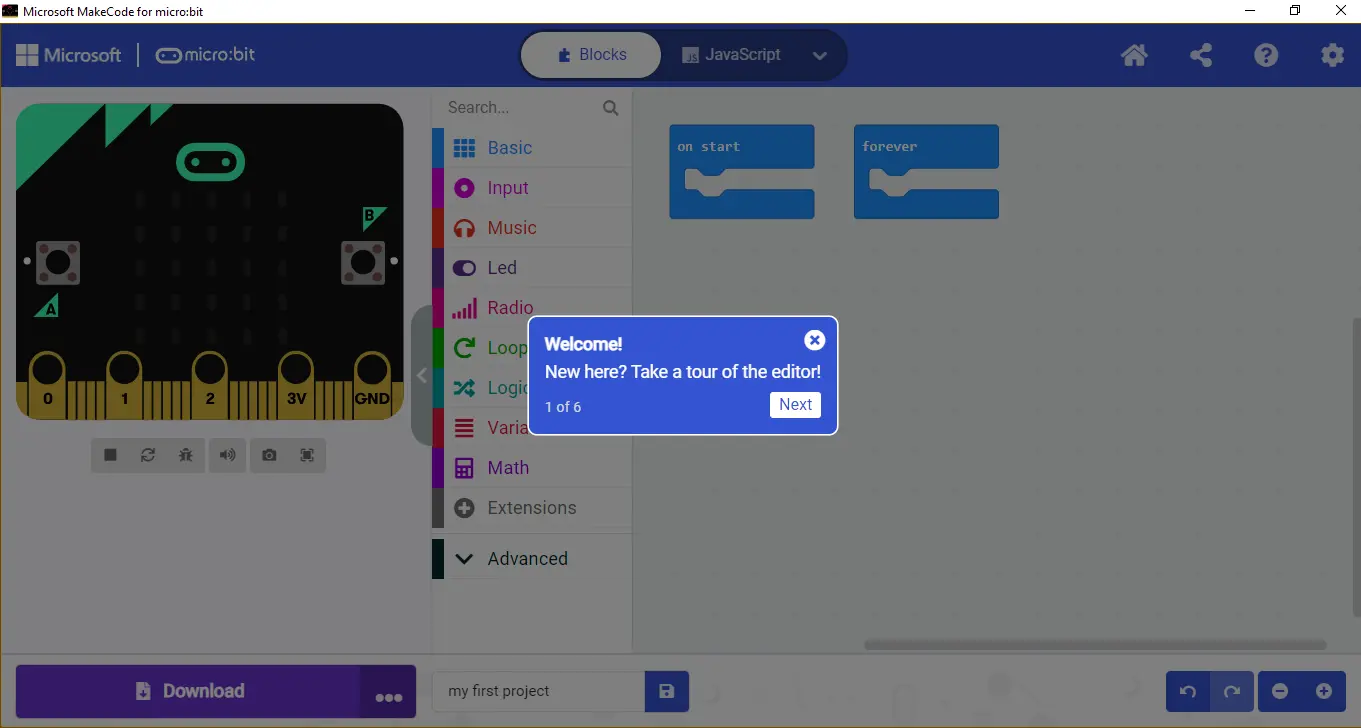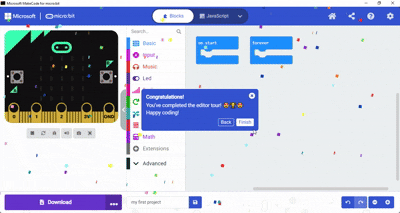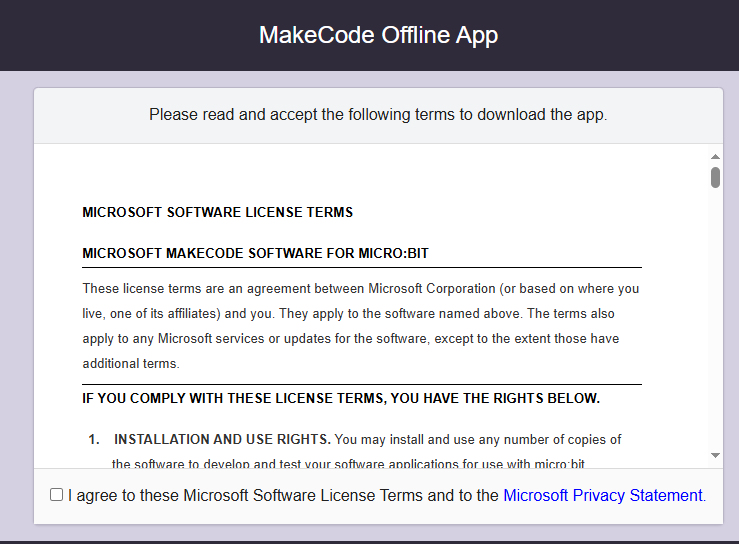-
Session 1 - Revision of Python Programming
-
-
- Join this Course to access resources
-
- Join this Course to access resources
-
Session 2 - Activity - Restaurant food Order System
-
-
- Join this Course to access resources
-
Session 3 - Introduction to Microbit and MakeCode Platform
-
-
- Join this Course to access resources
-
Session 4 - Python Program of Temperature Conversion.
-
-
- Join this Course to access resources
-
Session 5 - Introduction to Temperature Sensor in Microbit
-
-
- Join this Course to access resources
-
Session 6 - Using Two Microbits to Monitor Outdoor Temperatures Remotely
-
-
- Join this Course to access resources
-
Session 7 - Introduction to Microcontrollers and Actuators on Tinkercad
-
Session 8 & 9 - Theft Detection System (Using Arduino + PIR)
-
Session 10 & 11- Plant Watering Using Microbit
- Session 12
- Session 13
- Session 14
- Session 15
- Session 16
-
Session 17 to 20 - Home Automation using Artificial Intelligence and Text to Speech
-
-
- Join this Course to access resources
-
- Join this Course to access resources
Session 3.pptx (Lecture Slide)
Microbit and MakeCode Platform
"As Bill Gates said, 'Learning to write programs stretches your mind...' — and Makecode helps our students do just that, with blocks, fun, and creativity."

Bill Gates (Co-founder of Microsoft Corporation)
💡 Introduction
The BBC Microbit is a compact, programmable microcontroller designed to make learning programming and electronics engaging and accessible. It's widely used in educational settings to teach STEM (Science, Technology, Engineering, and Mathematics) concepts.
MakeCode is a free, web-based platform developed by Microsoft that allows students to program the Microbit using:
- Block-based coding (drag-and-drop).
- Text-based coding using JavaScript or Python.
📘 Pre-requisite Knowledge
- Basic Understanding of Computers.
- Introduction to Coding Concepts.
- Logical Thinking and Flow.
- Awareness of Electronic Devices.
- Internet Usage Skills.
🎯 Learning Objectives
- Understand what a Microbit is.
- Recognize the purpose of MakeCode.
- Explore the MakeCode Interface.
- Build simple block-based programs.
- Simulate programs virtually.
🛠 Tools & Materials Required
- Hardware: Computer or Laptop, BBC Microbit Board.
- Software: Internet Browser.
- Libraries: Microsoft Makecode.
- Others: Internet connection.
Offline Installation Steps
Step 1: Open the browser and write the below link in the URL section, you’ll see the interface as shown.
https://makecode.microbit.org/offline-app
Step 2: Click on the checkbox provided in the “I agree” section. And download the setup file according to your windows configuration.

Step 3: Just Click on the downloaded setup and wait for few seconds you’ll see the same interface as in the online editor, shown below:

Step 4: Take a Tour. And once you've finished the tour, you'll see the below

for online editor you need go to the web link: https://makecode.microbit.org
*Next Steps are Same for the online as well as offline editor
Step 5. Click on New Project.
Step 6. Give your project a name.
Step 3. Drag blocks into the coding workspace or switch to Python mode.
Step 4. Click three dots of Download button and select connect Device or you can download the code as a .hex file.
*For online Editor
Step 5. Connect the Microbit to your computer via USB.
Step 6. Pair your Microbit to your browser.
Step 7. The Microbit runs your code automatically!
Activity - Display a Smiley Face.
Step 1. Open MakeCode and create a new project.
Step 2. Do the following Python Code.
Step 3. Light up the LEDs to make a smiley pattern.
Step 4. Download and upload it to the Microbit.
🧩 Expected Outcome
🔍 Observation
- Engaging and exciting to see the output on the MakeCode simulator.
- Identifing the parts of the Microbit (LED display, buttons).
- They can simulate the program successfully using the virtual Microbit.
- Students discuss and help peers in understanding Codes.
There are no comments for now.
